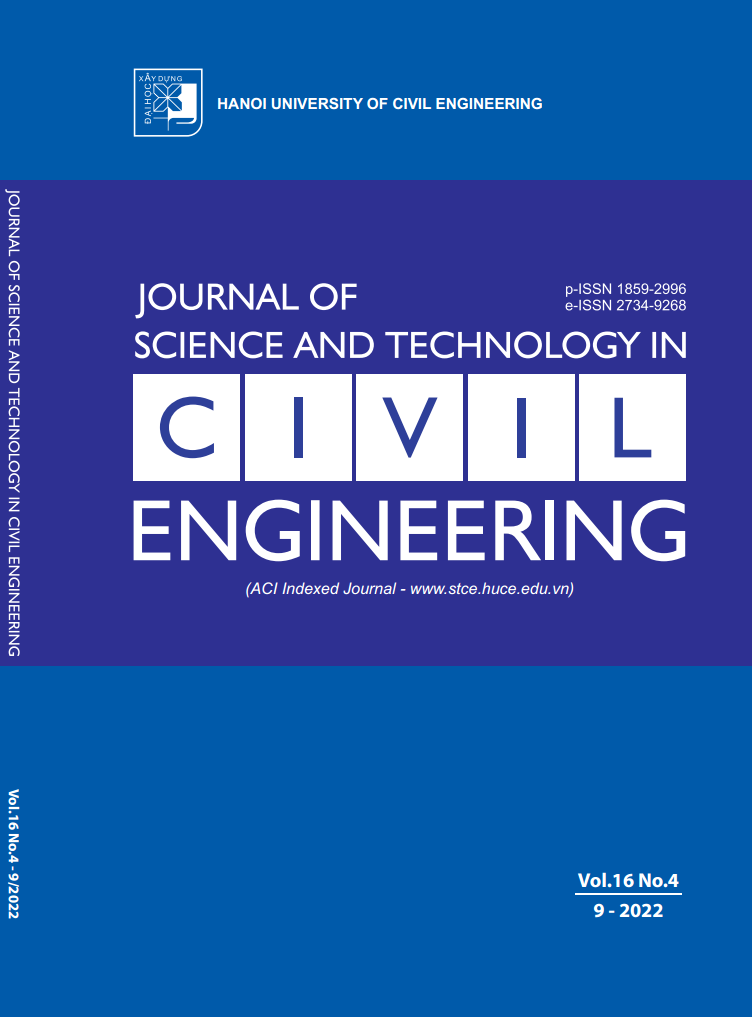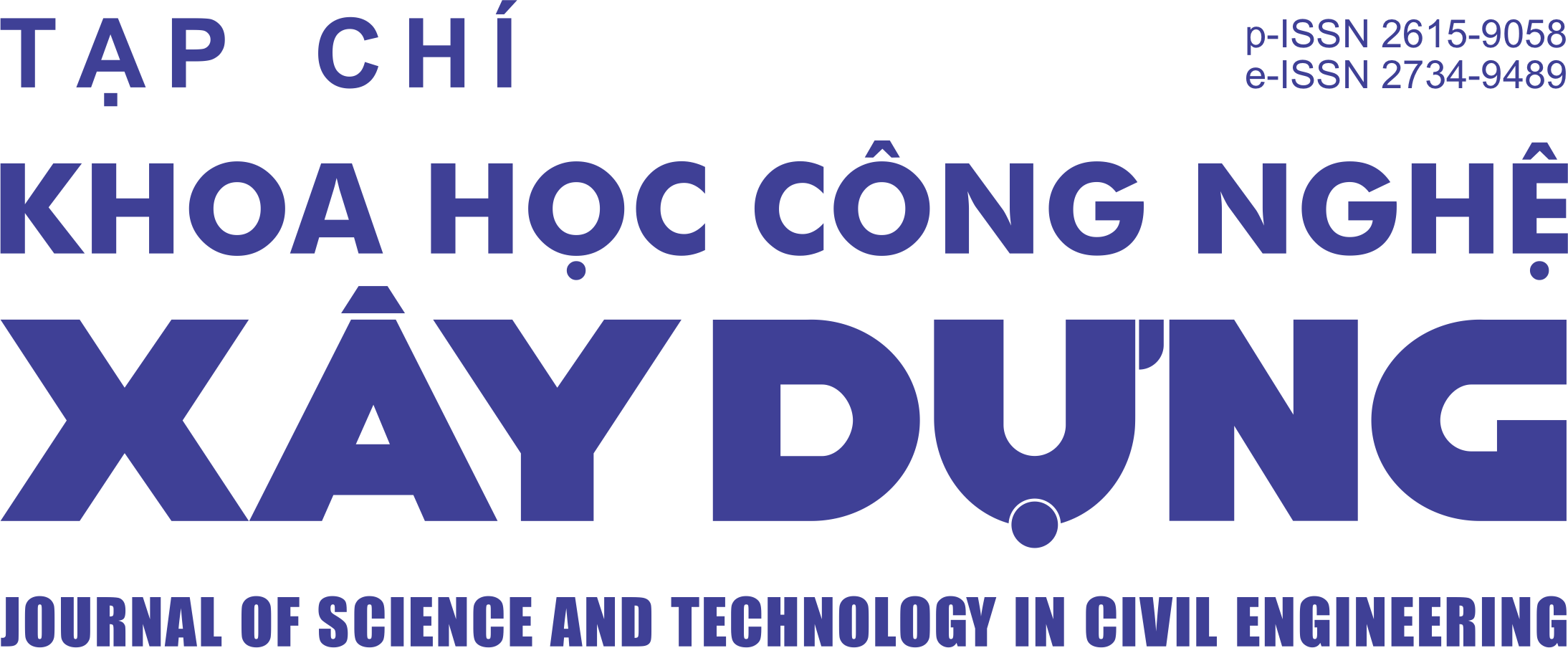A numerical solution for seismic response prediction of bridge piers with high damping rubber bearings
Abstract
The motion equation of a one-degree-of-freedom system when subjected to earthquakes is usually not solved by analytic methods. This problem can only be solved through the time step method, when integrating differential equations. This paper is devoted to presenting a numerical solution for a seismic analysis problem of a highway bridge pier with high damping rubber bearings under earthquakes. Based on time-stepping Newmark’s method, a numerical solution is developed to predict the seismic responses of the piers. The iteration Newton-Raphson method is also applied in the problem for static analysis of this nonlinear system. The ground acceleration in the analysis is the type- II earthquake in JRA 2004 (Japan Road Association). Further-more, high damping rubber bearings are modeled by the two models: the bilinear design model and the rheology model proposed by authors. After that, the stress responses and the displacement responses of the pier are obtained by a program that is implemented in Matlab software. The comparison results obtained from the two models show that the seismic responses of the pier strongly depend on the modeling of the rubber bearings. This is the important note for engineers to design the earthquake resistance of bridges with high damping rubber bearings. The solution is also a useful tool for engineers to predict the seismic responses of bridge piers in the design procedure.
Downloads
Copyright (c) 2022 Hanoi University of Civil Engineering

This work is licensed under a Creative Commons Attribution-NonCommercial-NoDerivatives 4.0 International License.
1. The Author assigns all copyright in and to the article (the Work) to the Journal of Science and Technology in Civil Engineering (JSTCE) – Hanoi University of Civil Engineering (HUCE), including the right to publish, republish, transmit, sell and distribute the Work in whole or in part in electronic and print editions of the Journal, in all media of expression now known or later developed.
2. By this assignment of copyright to the JSTCE, reproduction, posting, transmission, distribution or other use of the Work in whole or in part in any medium by the Author requires a full citation to the Journal, suitable in form and content as follows: title of article, authors’ names, journal title, volume, issue, year, copyright owner as specified in the Journal, DOI number. Links to the final article published on the website of the Journal are encouraged.
3. The Author and the company/employer agree that any and all copies of the final published version of the Work or any part thereof distributed or posted by them in print or electronic format as permitted herein will include the notice of copyright as stipulated in the Journal and a full citation to the Journal as published on the website.







